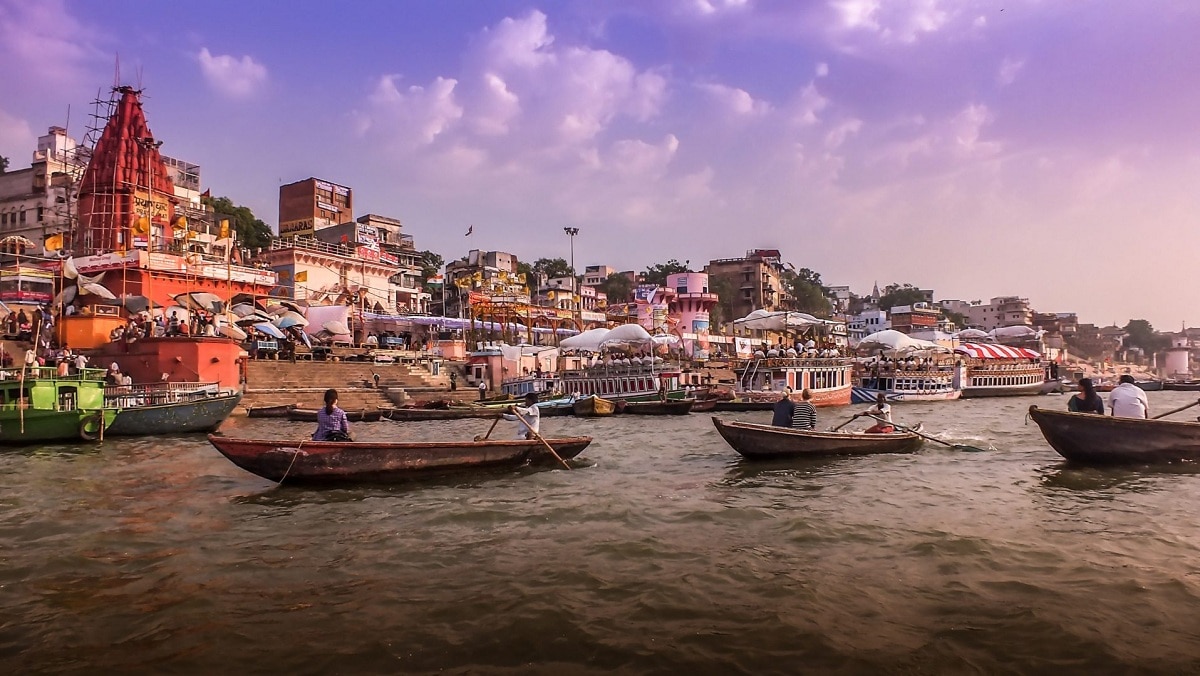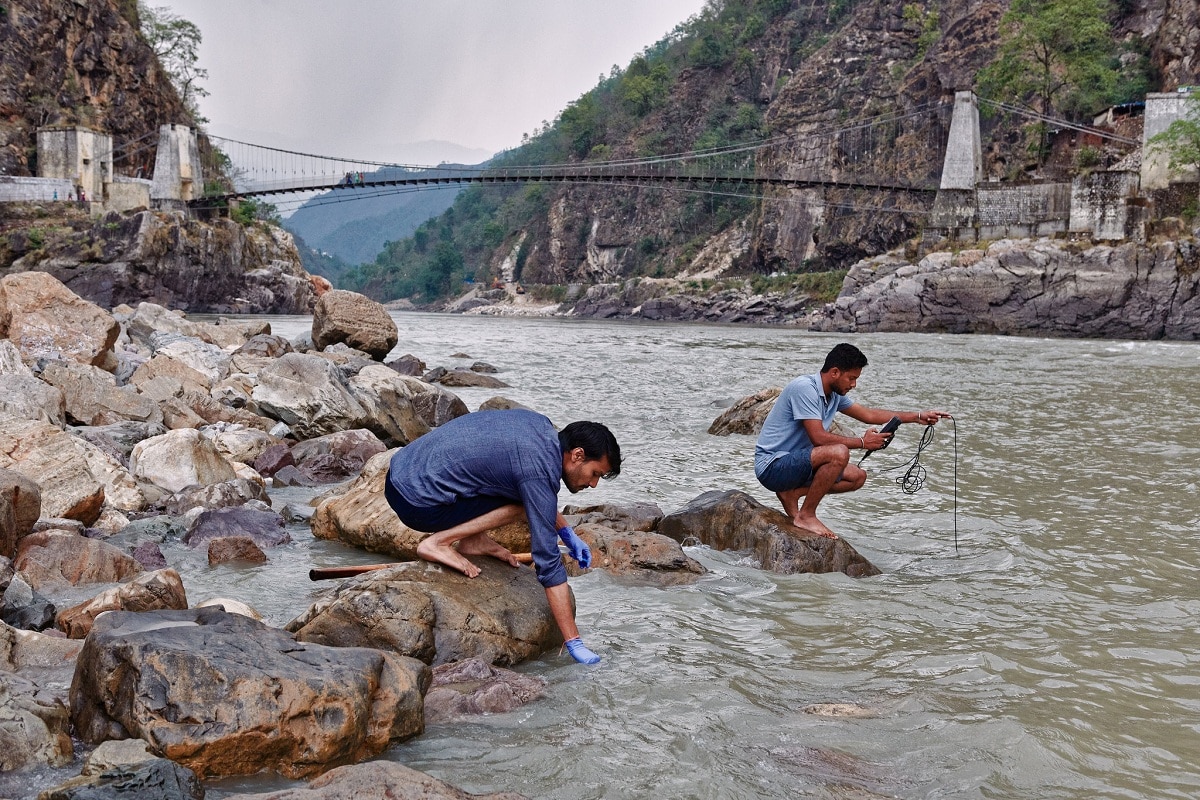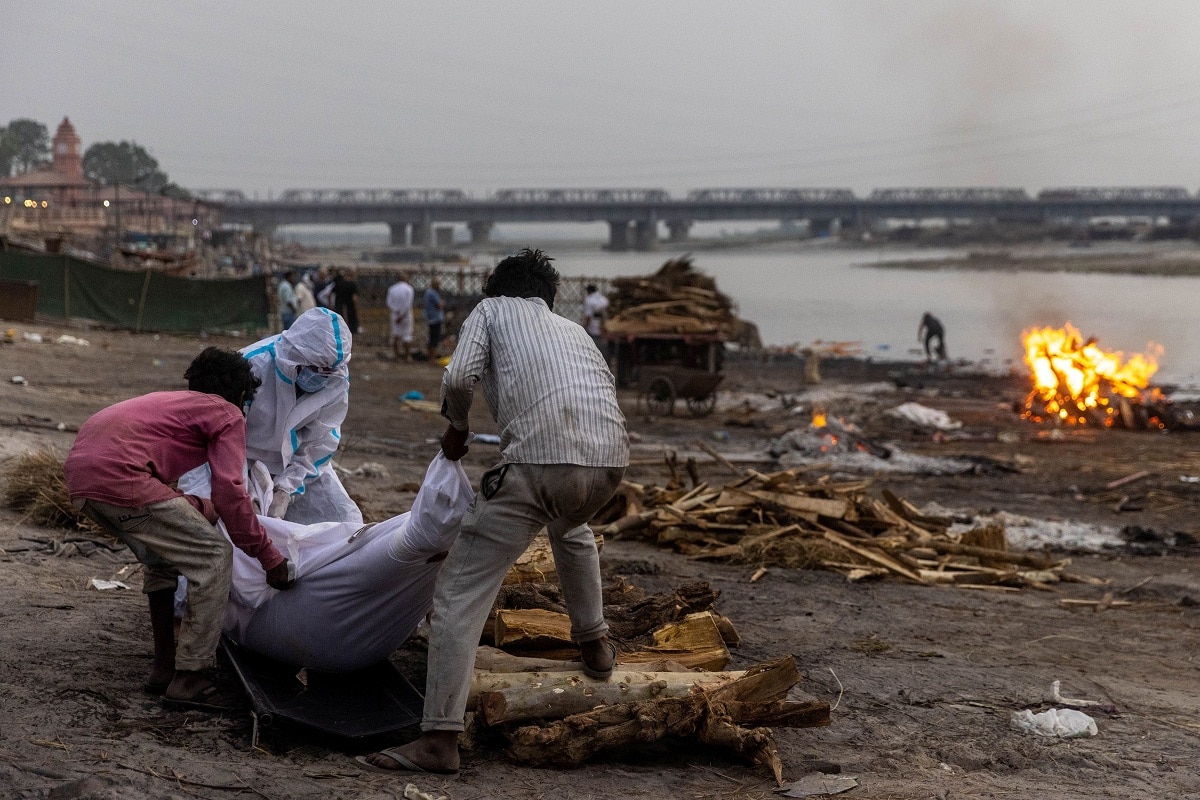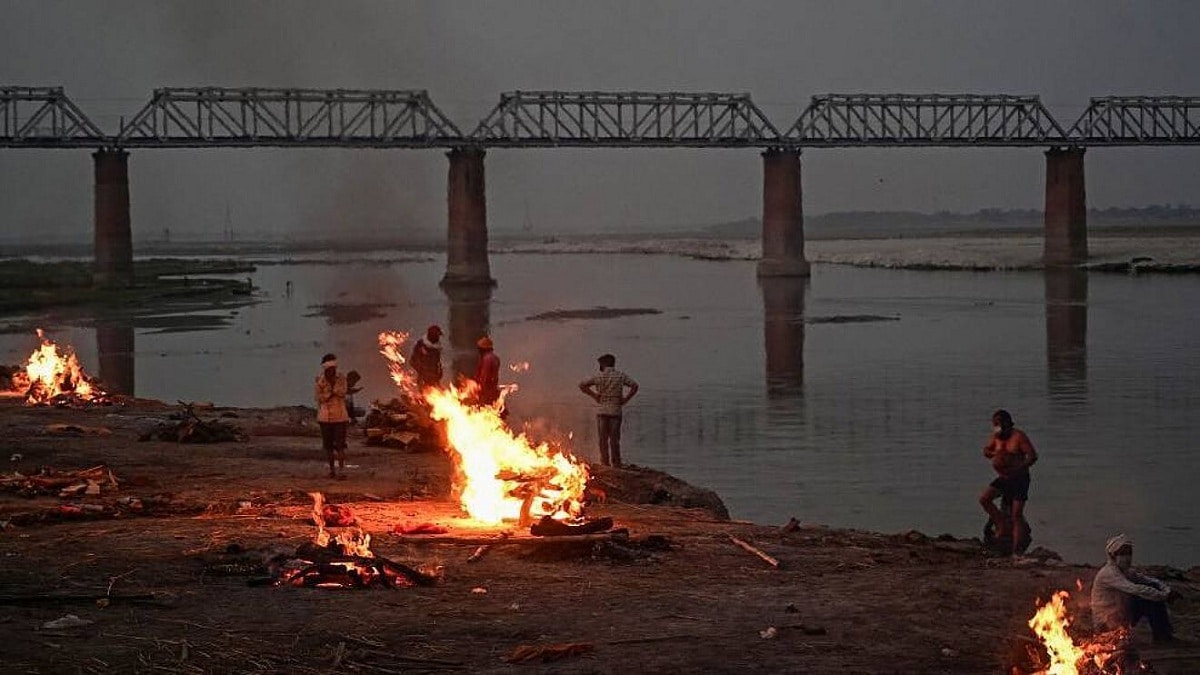
One of the most important rivers in the Asian continent and in the world is the Ganges River. It is one of the rivers considered sacred to Hinduism, with seven in total. It has an extension of more than 2.500 kilometers and begins its flow in India and ends in Bangladesh. For this reason, it is given the title of international day.
In this article we are going to tell you all the characteristics, pollution, flora and fauna of the Ganges River.
Key features

Despite its historical, cultural and livelihood importance, the river is still heavily polluted because it receives a large amount of human waste that eventually flows into the ocean. This makes it one of the main sources of plastic pollution at sea level.
As a tourism industry that is vital to India's economic income, the Ganges river is one of the landmarks for foreigners. The bicycle or other means of transport from its place of origin to the delta is one of the most frequent activities that attract tourists.
This river, originally called Rio Blanco, lost its color due to pollution and gave way to the earthy green it is now. Its route is about 2.500 kilometers long, with an average flow of 16.648 cubic meters per second, which can vary according to the seasons. The area is 907.000 square kilometers.
The riverbed is fed by many tributaries, characterized by sediments, and the depth is estimated between 16 and 30 m. Although it is not the longest river in the world, it is the most important river in India and 80% of the rivers are in India. It is divided into small and large arms in various parts of its route, forming a complex network of channels, which represents the visual attraction, and is located at its mouth.
At present it is very polluted, there are an estimated 1,5 million coliform bacteria per 100 ml, 500 of which are ideal for bathroom safety. In addition, a study showed that it washed 545 million kilograms of plastic waste into the sea. The Ganges River has been used to provide residents with cheap livelihoods and daily water through canals and irrigation systems. Also, there are dams along the way to carry the water to other areas.
Ganges River Pollution and Risk

Although the Ganges River is considered a sacred place and has significant historical, economic and tourist importance, the Ganges River is severely polluted. Those who bathe in its water intentionally or unknowingly are ignorant of this fact. Among the most common pollutants that we can find in this river are the following:
- Inability of the people to dump waste properly
- Factories close to those that pollute one of its main tributaries, pollutants creep up all over the river.
- Hydroelectric plants dump waste and mistreat the ecosystem.
- Festivities and religious ceremonies shed bodies thrown into the river and their rotting ends up contaminating the waters.
In the 1980s, someone started a campaign to clean up the Ganges, but due to the ignorance and religious fanaticism of the people, it didn't have a big impact. In 2014, the theme was again promoted in a more powerful way, but it did not yield very good results.
Pollution is a serious problem that affects rivers, putting the people who use it and the organisms that live in their waters at risk. However, it is not the only factor that threatens the Ganges, the scarcity of water and illegal mining threaten it.
Sometime, the depth of this basin reached 60 meters, but now it has been reduced to 10 meters. To solve this problem, drilling and groundwater extraction have been carried out, but the negative effects still persist.
Flora and fauna of the Ganges river

Due to the agricultural development of the Ganges river basin, almost all its original forest vegetation has disappeared. It can be seen that only the Robusta Shorea has been able to resist at the top and the Bombax ceiba at the bottom. The strong presence of human beings and the climatic influences in this area prevent more vegetation from developing. However, in the Ganges delta, it is possible to find a dense mangrove reserve in Sundarbans.
These same factors, human and climatic conditions, in addition to water pollution, have a negative impact on the existence of animal species in the Ganges. Only the slopes of the Himalayas and the Ganges delta have relatively quiet areas without much human-caused disturbance.
The upper part of the plain is home to Indian rhinos, Asian elephants, Bengal tigers, Indian lions, sloths, and bison. Currently only species such as the Indian wolf, the red fox and the Bengal fox and the golden jackal can be found.
Among the birds are partridges, roosters, crows, starlings and ducks that migrate in winter. Endangered animals include the four-horned antelope, the Indian bustard, the little bustard, and the national aquatic animal dolphin of the Ganges River in India.
The fauna of the lower zone does not differ much from the fauna of the upper zone, although species such as the great Indian civet and the smooth otter have been added. The Bengal tiger has a protected area in the Ganges delta. It is estimated that there are around 350 species of fish in its waters.
Among the reptiles, crocodiles are the most prominent, such as swamp crocodiles and crocodiles; and the turtles, such as the three-striped turtle, the Indian black turtle, the giant Cantor turtle, the Indian softshell turtle, etc.
As you can see, one of the most popular rivers in the world is completely polluted and losing its biodiversity. Whether through culture or economic development, human beings negatively affect natural ecosystems.
I hope that with this information you can learn more about the Ganges River and its characteristics.